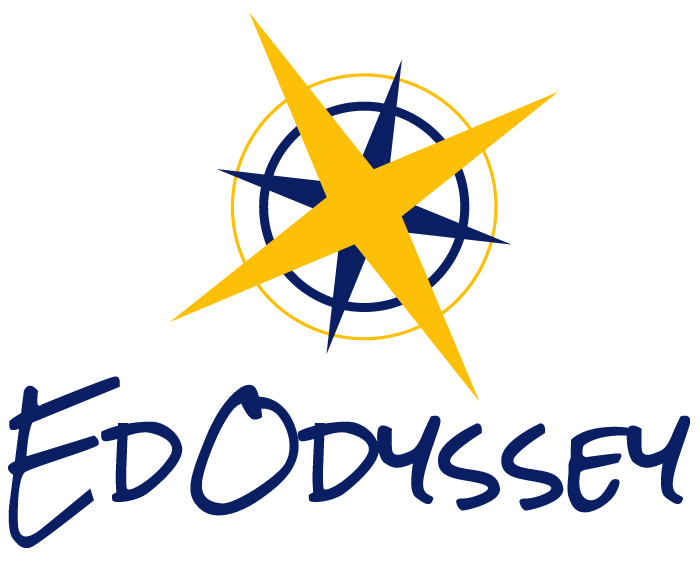Blog
Beyond Peru’s Independence Day: The Meaning of the Music
The month of July is the time we celebrate what it means to be Peruvian. Our streets are embroidered with Peruvian flags above every home and building, and children and workers wear cockades, or knotted ribbons, with our national colors in remembrance of the day we declared our independence from the Spanish Crown. In preparation for Peru’s July 28th independence celebration, the restaurants bring on more staff because eating in Peru means so much more than just the food.
Search previous blogs here.

